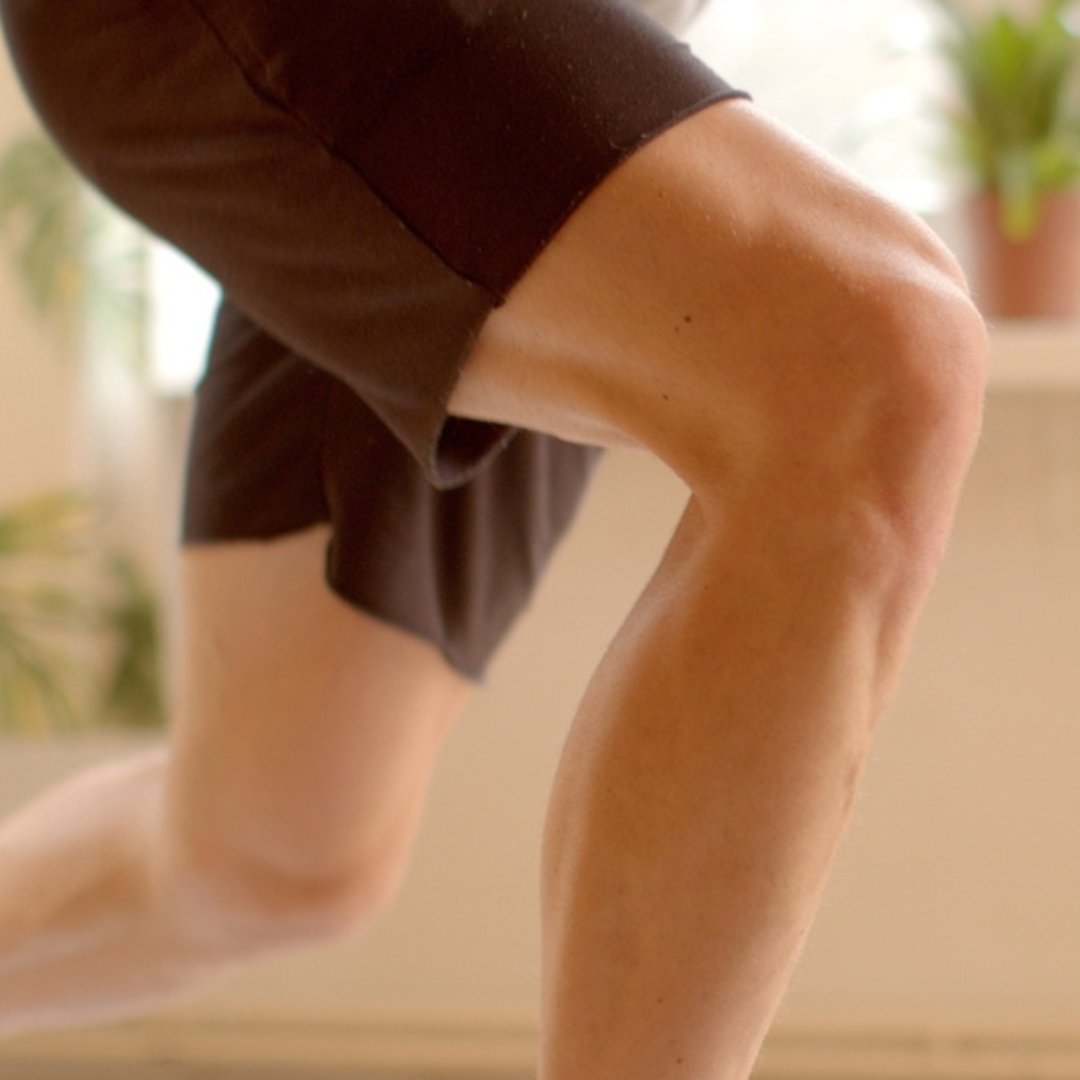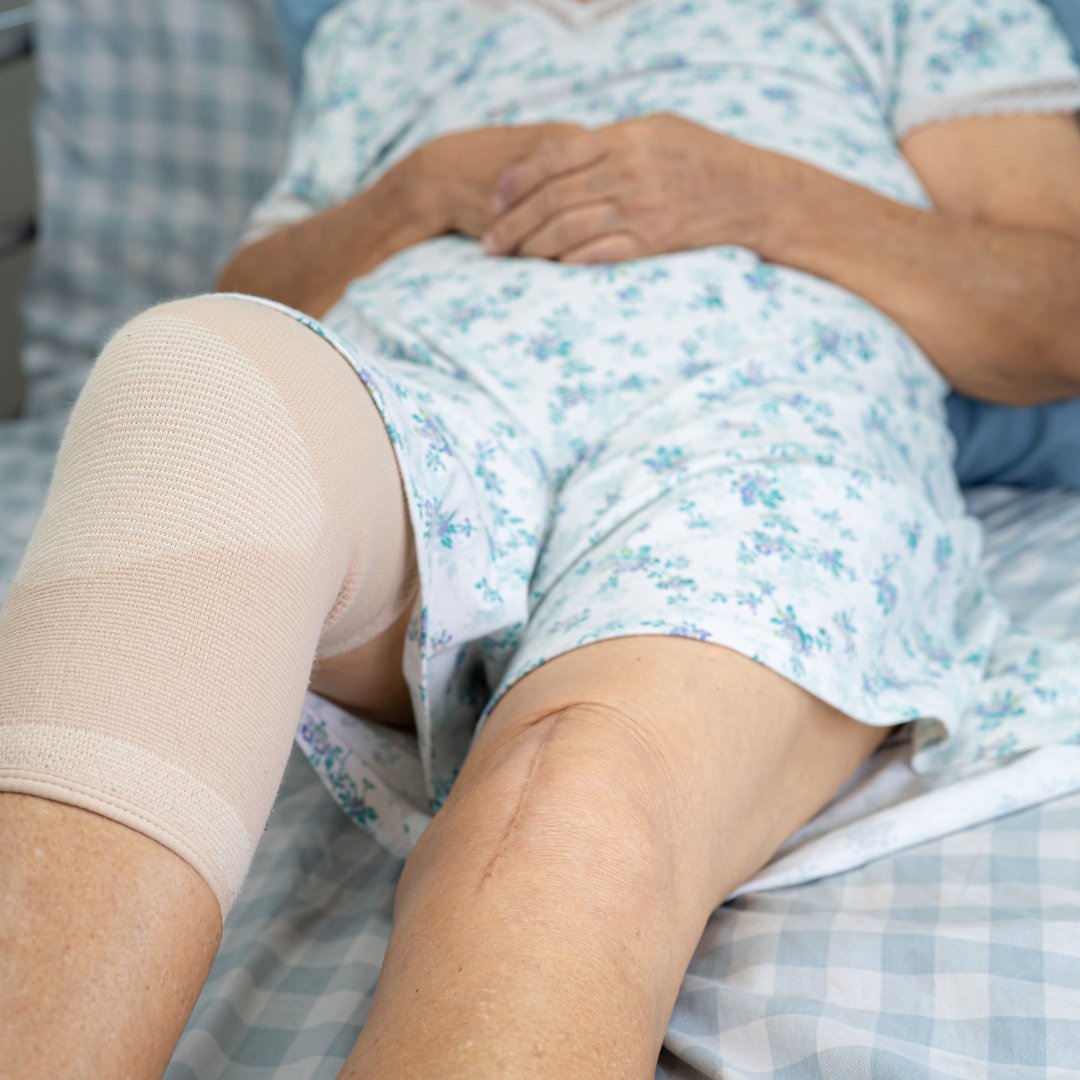
Neuromuscular Training for Knee Stability: What It Is and Why It Works
Learn how neuromuscular training improves knee stability, balance, and proprioception to support joint health and prevent injuries.
I’ve met a lot of strong people in my line of work. People who’ve pushed through years of knee pain just to get through the day. But when it comes to total knee replacement surgery, powering through isn’t always the best plan. Trust me, this is the time to slow down, listen to your body, and prep smart. That’s where prehab comes in.
Prehab, or prehabilitation, is one of the best-kept secrets of a successful total knee replacement. It’s a set of exercises and movement prep you do before your surgery to set yourself up for a smoother and more effective knee replacement recovery. If you’re thinking about skipping this step, don’t. I’ve seen it make a real difference.
Prehab isn’t just stretching your legs a little extra the week before surgery. It’s a strategic program designed to improve strength, flexibility, and mobility in your knee and surrounding muscles before you head into the operating room. Why? Because the stronger and more mobile you are going in, the easier it’ll be to bounce back afterward.

Prehab starts a few weeks (or even a few months) before your scheduled total knee replacement surgery. You can work with a physical therapist, follow a specialized program, or use at-home resources to create a prehab plan that helps you:
Think of it as “future you” giving yourself a leg up. Literally.
Knee replacement surgery puts your body through a lot. That first step you take afterward can feel like a mountain. But when you’ve already built up strength and flexibility through prehab, the mountain becomes a hill, and sometimes even just a bump.
If your muscles are weak going into surgery, they’re going to have a much harder time supporting your new knee. Prehab helps your body build a strong foundation so that once you get your new joint, everything else can fall into place more easily.
Surgery can be scary. It’s totally normal to feel anxious about what’s ahead. But taking part in prehab gives you a sense of control and preparedness that can help ease that stress. You’ll already be familiar with your exercises, your body, and how to move with care.
I’m going to be real with you: prehab isn’t about pushing through endless squats and lunges until your legs turn to jelly. When you’re dealing with arthritis-related knee pain, the last thing you need is a workout that makes things worse. Prehab should be personalized, structured, and designed to support your body and align with your surgery timeline.
Improving range of motion is a key focus of our approach. Gentle, targeted stretches, like heel slides, hamstring stretches, and calf stretches, help loosen tight muscles and prevent post-surgical stiffness. These may seem simple, but they’re incredibly effective. In the GoKnee program I developed, we also incorporate joint mobilizations to make stretching more comfortable, especially for those dealing with higher pain levels.
You don’t need to hit the gym with a barbell on your back. We use bodyweight exercises, resistance bands, or specialized programs to build strength in key muscle groups. Your quads, hamstrings, and glutes are your best friends in this process. GoKnee’s Prehab Program incorporates muscle energy techniques and isometric exercises, which many find easier to manage because they require minimal knee movement. Think of a plank, your body stays still, but your muscles are fully engaged. We apply that same principle to the knee. Having undergone three knee surgeries myself, I understand how some exercises can feel impossible when you're in pain. Isometric training allows you to strengthen your knee muscles with less movement, making it more manageable while still being highly effective.
If you’re working with a physical therapist or following a guided program as part of your prehab program, you'll receive valuable guidance on how to move safely and confidently at home. This includes techniques for climbing stairs, sitting and standing without putting stress on your new knee, and properly using equipment such as a walker, cane, crutches, shower chair, or elevated commode. It's all about making everyday activities safer and more manageable.
Even your balance takes a hit when you have knee pain. Prehab helps you regain confidence and control, which is something you’ll need when navigating post-op life.
So what can you do right now? Here’s a quick checklist:
Prehab is your first big move toward a successful knee replacement. It's about setting yourself up for success before your new joint even goes in. And when you're prepared, your confidence (and your knees) will thank you. Good luck on your knee journey!
Good knees start here. Don’t miss a step, subscribe to KneeMail for free tips from knee expert Shehla Rooney, PT!

Learn how neuromuscular training improves knee stability, balance, and proprioception to support joint health and prevent injuries.

Learn why knee stiffness isn’t only caused by aging and discover strategies to ease pain, improve mobility, and support long-term knee health.

Learn the difference between PTs and PTAs in knee physical therapy, their roles, and how it impacts your care and co-pay.

Discover knee injuries and conditions that may lead to total knee replacement and learn options to ease chronic pain.

Discover the real cost of knee replacement surgery, from hospital bills to PT co-pays, insurance coverage, and hidden expenses.